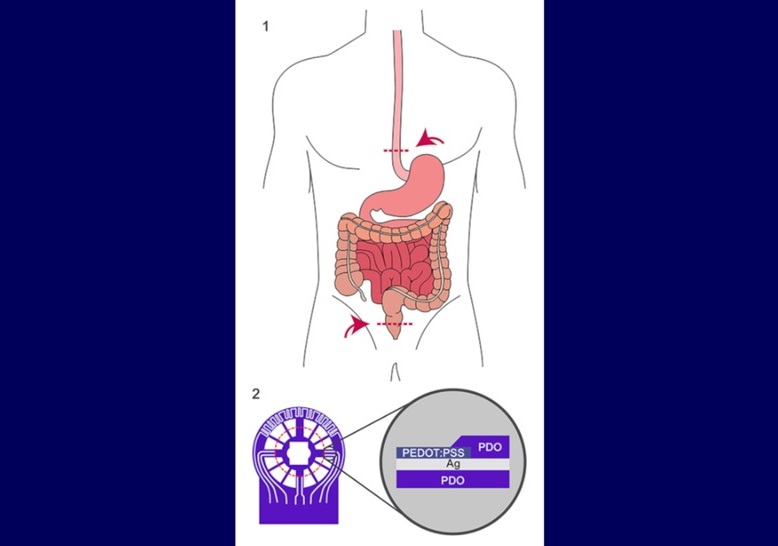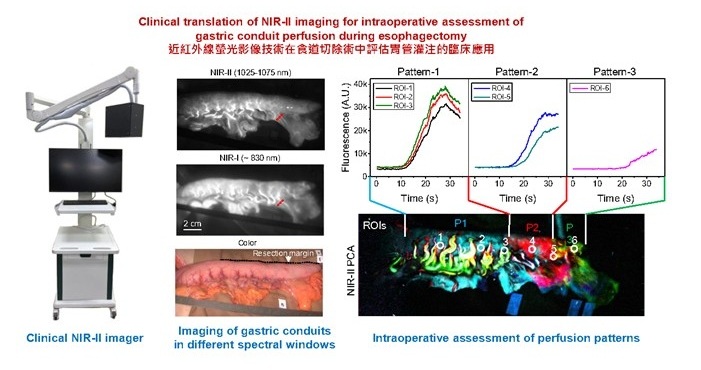Cancer Patients Who Elect to Die at Home Live Longer
|
By HospiMedica International staff writers Posted on 12 Apr 2016 |
Terminal cancer patients who choose to die at home live longer than those who choose to die at a hospital, according to a new study.
Researchers at the University of Tsukuba (Japan), Tohoku University (Japan), and other institutions across Japan conducted a multicenter, prospective cohort study from September 2012 through April 2014 in 58 specialist palliative care services to explore the potential differences in the survival time of cancer patients dying at home or in a hospital. In all, the study recruited 2,426 patients, of which 2,069 patients were analyzed; 1,582 receiving hospital-based palliative care and 487 receiving home-based palliative care.
The results revealed that eventually, 1,607 patients actually died in a hospital, and 462 patients died at home, with the survival time of patients who died at home significantly longer than the survival time of patients who died in a hospital. The median survival time was 13 days compared to 9 days in the daily prognosis group, and 36 days versus 29 days in the weekly prognosis group. No significant difference was found in the months' prognosis group. The study was published on March 28, 2016, in Cancer.
“Patients and their families tend to worry that home care won’t provide the quality of care that a hospital will. However, spending the last days or months at home doesn’t necessarily mean life would be shortened,” said lead author Jun Hamano, MD, an assistant professor of internal medicine at the University of Tsukuba. “Patients, families, and clinicians should be reassured that good home hospice care does not shorten patient life, and even may achieve longer survival.”
Most patients with advanced cancer would prefer to die at home, and many people in the United States, United Kingdom, and other countries are realizing this wish. But in other countries, such as Japan, Germany, Greece, and Portugal a trend towards institutionalized dying persists. But despite trends, the most frequent location of death for those dying from cancer is still a hospital, with marked variations in the odds of home death depending on illness-related, individual, and environmental factors.
Related Links:
University of Tsukuba
Tohoku University
Researchers at the University of Tsukuba (Japan), Tohoku University (Japan), and other institutions across Japan conducted a multicenter, prospective cohort study from September 2012 through April 2014 in 58 specialist palliative care services to explore the potential differences in the survival time of cancer patients dying at home or in a hospital. In all, the study recruited 2,426 patients, of which 2,069 patients were analyzed; 1,582 receiving hospital-based palliative care and 487 receiving home-based palliative care.
The results revealed that eventually, 1,607 patients actually died in a hospital, and 462 patients died at home, with the survival time of patients who died at home significantly longer than the survival time of patients who died in a hospital. The median survival time was 13 days compared to 9 days in the daily prognosis group, and 36 days versus 29 days in the weekly prognosis group. No significant difference was found in the months' prognosis group. The study was published on March 28, 2016, in Cancer.
“Patients and their families tend to worry that home care won’t provide the quality of care that a hospital will. However, spending the last days or months at home doesn’t necessarily mean life would be shortened,” said lead author Jun Hamano, MD, an assistant professor of internal medicine at the University of Tsukuba. “Patients, families, and clinicians should be reassured that good home hospice care does not shorten patient life, and even may achieve longer survival.”
Most patients with advanced cancer would prefer to die at home, and many people in the United States, United Kingdom, and other countries are realizing this wish. But in other countries, such as Japan, Germany, Greece, and Portugal a trend towards institutionalized dying persists. But despite trends, the most frequent location of death for those dying from cancer is still a hospital, with marked variations in the odds of home death depending on illness-related, individual, and environmental factors.
Related Links:
University of Tsukuba
Tohoku University
Latest Critical Care News
- Soft “Cyborg” Cardiac Patches Improve Stem Cell Heart Repair
- Soft Wearable System Offers Continuous Wireless Monitoring of Neonatal Health
- AI-Enhanced Wearables Could Transform Type 2 Diabetes and Prediabetes Care
- Breathable Electronic Skin Paves Way for Next-Generation Wearable Devices
- AI Transforming Colon Cancer Diagnosis
- Ventricular Assist Device Offers Long-Term Use in Children Waiting for Donor Heart
- Precision Approach Improves Immunotherapy Effectiveness for ICU Patients with Sepsis
- Soft Robots Could Donate Their Heart to Humans
- Bioadhesive Strategy Prevents Fibrosis Around Device Implants on Peripheral Nerves
- Miniature Non-Invasive Robotic Catheters to Improve Infertility Treatments
- Stick-On Patch Monitors Baby's Movements In Utero
- EEG-Based AI Technology Accurately Diagnoses Alzheimer’s and Dementia
- Robot Lymphatic System Paves Way for Self-Powered Wearables and Machines
- Focused Ultrasound Technique Successfully Treats Pediatric Brain Cancer
- Nasal Drops Fight Brain Tumors Noninvasively
- AI Helps Optimize Therapy Selection and Dosing for Septic Shock
Channels
Surgical Techniques
view channel
Implantable Absorbable Sensor Detects Life-Threatening Complications After Intestinal Surgery
Intestinal anastomoses are among the riskiest procedures in abdominal surgery, with complications such as circulatory disorders or immune reactions often developing rapidly and unpredictably.... Read more
New Study Findings Enable Improved Ventilation During Complex Lung Surgery
Major lung surgery requires temporary collapse of one lung while the other is mechanically ventilated, a process that increases strain on the functioning lung and raises the risk of complications such... Read morePatient Care
view channel
Revolutionary Automatic IV-Line Flushing Device to Enhance Infusion Care
More than 80% of in-hospital patients receive intravenous (IV) therapy. Every dose of IV medicine delivered in a small volume (<250 mL) infusion bag should be followed by subsequent flushing to ensure... Read more
VR Training Tool Combats Contamination of Portable Medical Equipment
Healthcare-associated infections (HAIs) impact one in every 31 patients, cause nearly 100,000 deaths each year, and cost USD 28.4 billion in direct medical expenses. Notably, up to 75% of these infections... Read more
Portable Biosensor Platform to Reduce Hospital-Acquired Infections
Approximately 4 million patients in the European Union acquire healthcare-associated infections (HAIs) or nosocomial infections each year, with around 37,000 deaths directly resulting from these infections,... Read moreFirst-Of-Its-Kind Portable Germicidal Light Technology Disinfects High-Touch Clinical Surfaces in Seconds
Reducing healthcare-acquired infections (HAIs) remains a pressing issue within global healthcare systems. In the United States alone, 1.7 million patients contract HAIs annually, leading to approximately... Read moreHealth IT
view channel
EMR-Based Tool Predicts Graft Failure After Kidney Transplant
Kidney transplantation offers patients with end-stage kidney disease longer survival and better quality of life than dialysis, yet graft failure remains a major challenge. Although a successful transplant... Read more
Printable Molecule-Selective Nanoparticles Enable Mass Production of Wearable Biosensors
The future of medicine is likely to focus on the personalization of healthcare—understanding exactly what an individual requires and delivering the appropriate combination of nutrients, metabolites, and... Read moreBusiness
view channel
Philips and Masimo Partner to Advance Patient Monitoring Measurement Technologies
Royal Philips (Amsterdam, Netherlands) and Masimo (Irvine, California, USA) have renewed their multi-year strategic collaboration, combining Philips’ expertise in patient monitoring with Masimo’s noninvasive... Read more
B. Braun Acquires Digital Microsurgery Company True Digital Surgery
The high-end microsurgery market in neurosurgery, spine, and ENT is undergoing a significant transformation. Traditional analog microscopes are giving way to digital exoscopes, which provide improved visualization,... Read more
CMEF 2025 to Promote Holistic and High-Quality Development of Medical and Health Industry
The 92nd China International Medical Equipment Fair (CMEF 2025) Autumn Exhibition is scheduled to be held from September 26 to 29 at the China Import and Export Fair Complex (Canton Fair Complex) in Guangzhou.... Read more















